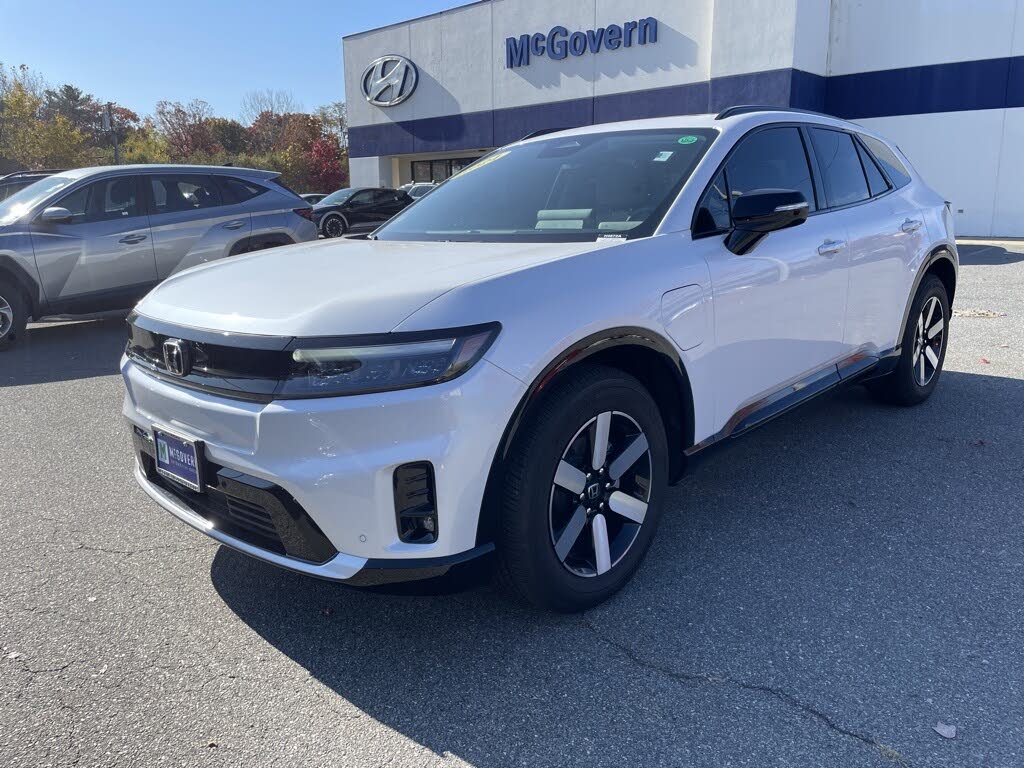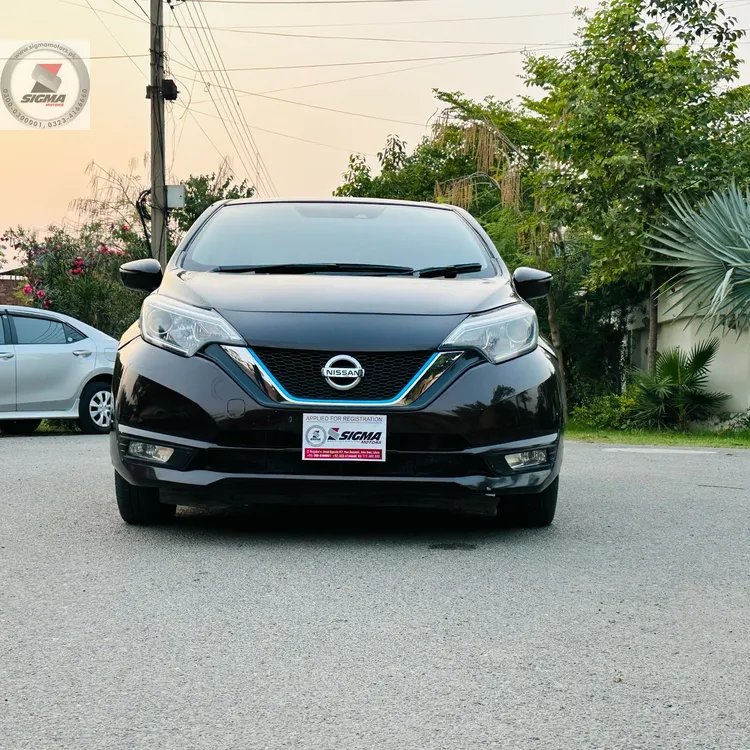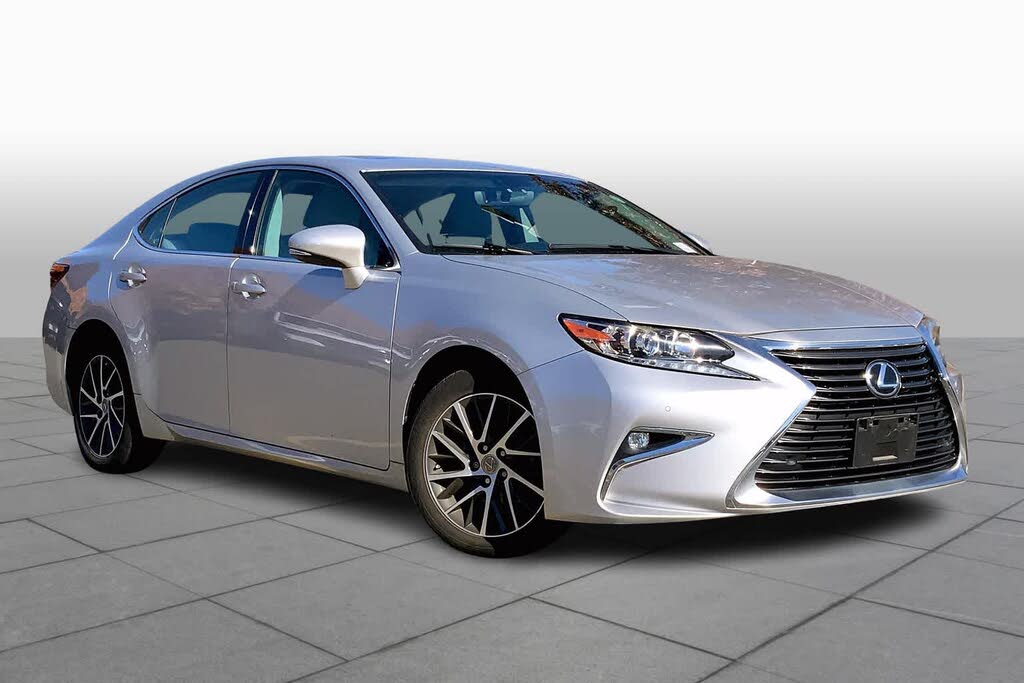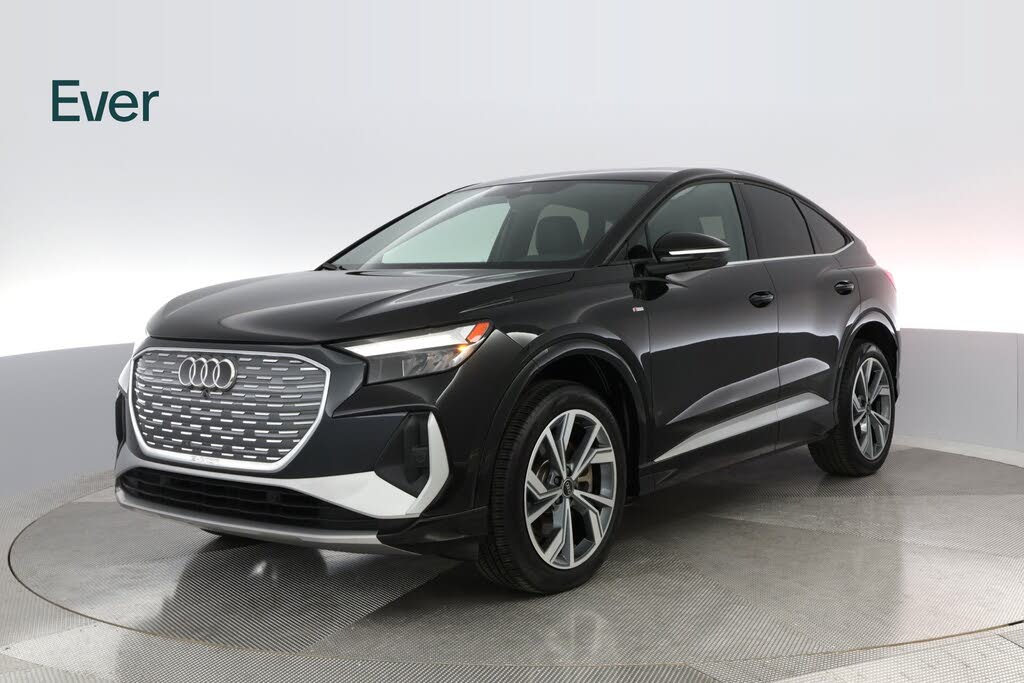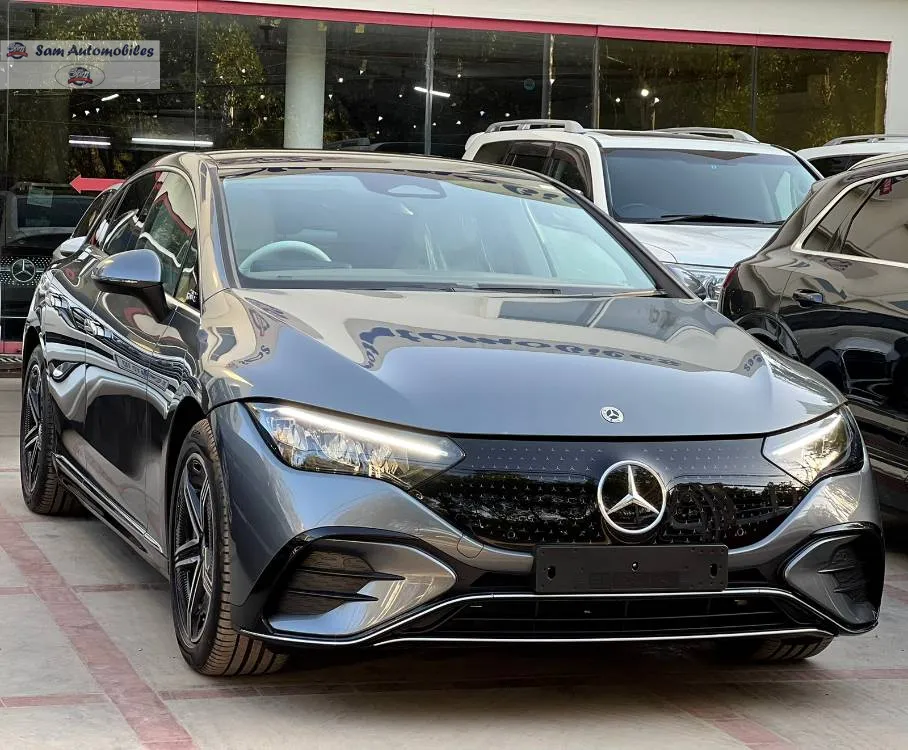The Environmental Protection Agency's annual Fuel Economy Guide remains the gold standard for car buyers seeking fuel-efficient vehicles. While electric and hybrid options continue gaining market share, gasoline-powered vehicles still dominate American roads. This comprehensive analysis from MotorVero highlights the efficiency leaders and laggards across every major vehicle category based on the latest EPA testing data.
Understanding EPA Fuel Economy Ratings
Before examining specific vehicles, it's crucial to understand how the EPA determines fuel efficiency ratings:
- Testing methodology: Vehicles undergo controlled laboratory tests simulating city and highway driving conditions
- Combined MPG: Weighted average of 55% city and 45% highway driving
- Real-world factors: Ratings assume proper maintenance and typical driving conditions
- Exclusions: Alternative fuel configurations (E85, hybrid modes) not included in base gasoline ratings
Fuel Efficiency Champions by Vehicle Class
Our analysis covers twelve major vehicle segments, revealing surprising efficiency leaders and energy-intensive models you might want to avoid if fuel costs are a priority.
--TOP ADVERTISEMENT HERE--
Two-Seater Vehicles
MPG Range: 14-35 combined | Segment Average: 22 combined
| Position | Model | MPG (Combined) |
|---|---|---|
| Best | Smart ForTwo | 35 |
| Worst | Dodge Viper | 14 |
The tiny Smart ForTwo continues dominating this category, while performance-oriented models like the Viper demonstrate the fuel cost of extreme power-to-weight ratios.
Compact and Subcompact Cars
Subcompact Range: 15-35 combined | Average: 23 combined
Compact Range: 16-39 combined | Average: 27 combined
| Category | Best Model | Worst Model |
|---|---|---|
| Subcompact | Toyota Yaris iA (35 MPG) | Chevrolet Camaro (15 MPG) |
| Compact | Mitsubishi Mirage (39 MPG) | Multiple luxury models (16 MPG) |
Economy-focused models prove you don't need hybrid technology to achieve excellent fuel efficiency, while sporty configurations and luxury features often come with significant MPG penalties.
Surprising Trends in Fuel Efficiency
Our analysis reveals several noteworthy patterns across the automotive landscape:
- Size doesn't always dictate efficiency: Some midsize sedans outperform smaller vehicles thanks to advanced engine technologies
- The luxury penalty: High-end features and performance tuning typically reduce MPG by 15-30% compared to mainstream counterparts
- Truck advancements: Recent engineering breakthroughs have narrowed the gap between pickup trucks and SUVs
- --FIRST CONTENT ADVERTISEMENT HERE--
Improving Your Real-World Fuel Economy
While vehicle selection significantly impacts fuel costs, driving habits and maintenance play crucial roles:
- Proper tire inflation: Can improve MPG by up to 3%
- Reduced idling: Modern engines warm up faster while driving than at standstill
- Strategic acceleration: Moderate throttle input saves more fuel than aggressive starts
- Weight reduction: Every 100 pounds removed improves MPG by about 1%
-
Future of Fuel Efficiency
Automakers continue innovating to meet stricter emissions standards through:
- Turbocharged small-displacement engines
- Advanced transmissions with more gears
- Lightweight materials like aluminum and carbon fiber
- Mild hybrid systems that supplement gasoline engines
While electric vehicles grab headlines, these incremental improvements ensure traditional gasoline vehicles continue becoming more efficient.
Note: All MPG figures represent EPA-estimated combined city/highway ratings for base gasoline engines. For specific configurations or alternative fuel ratings, visit the official fueleconomy.gov website.
